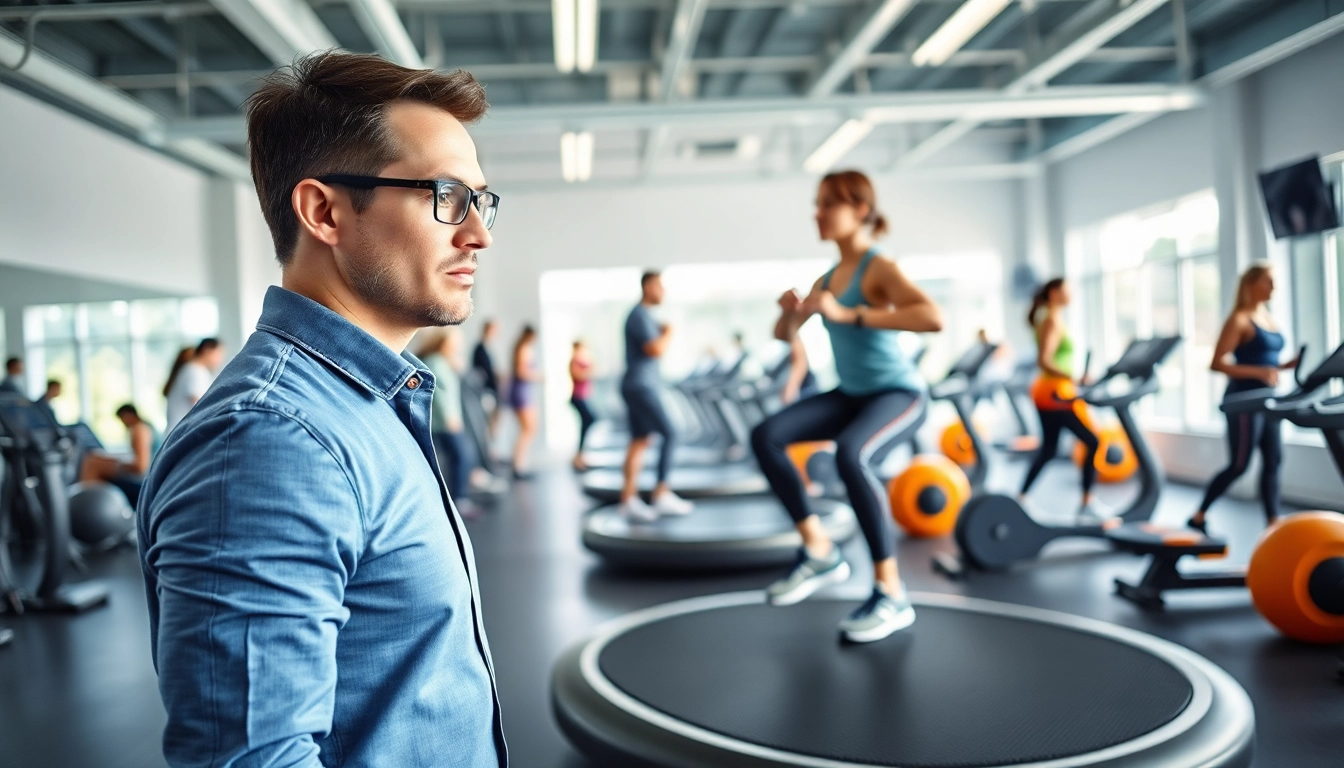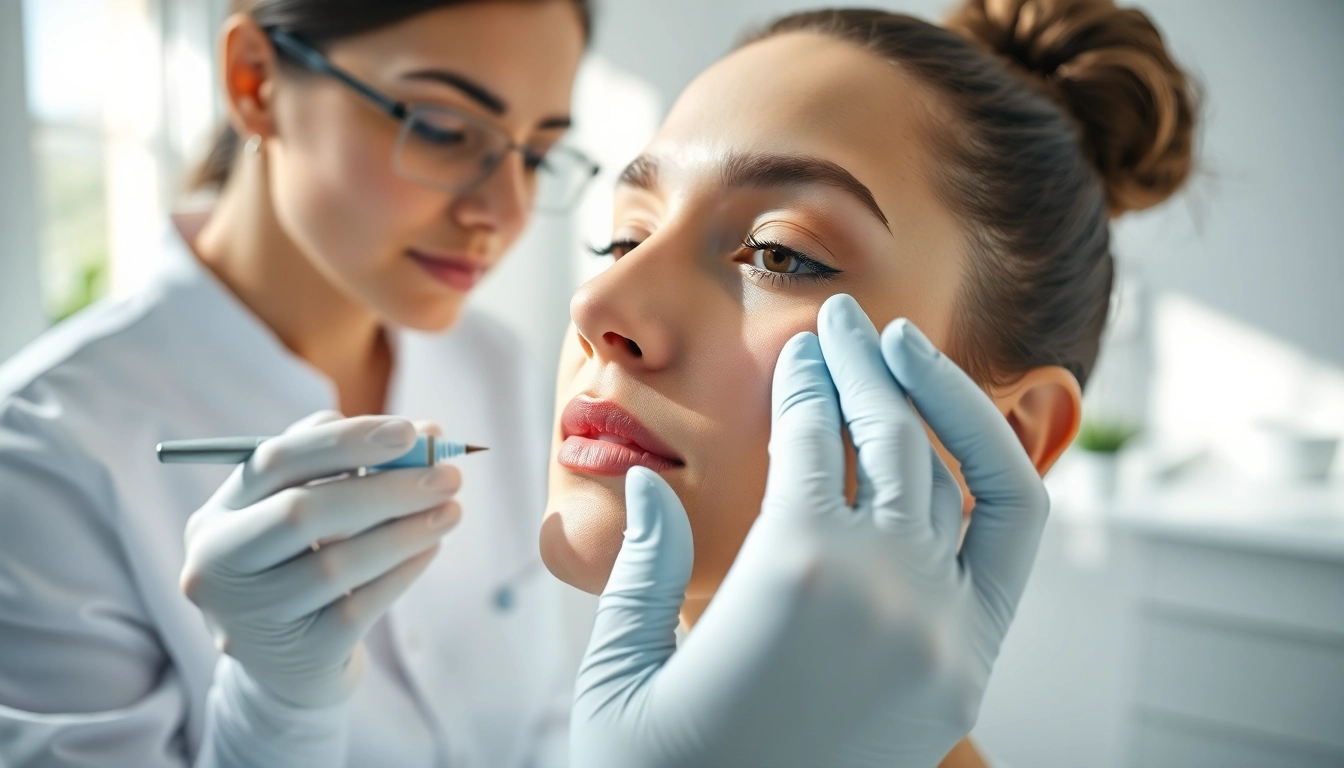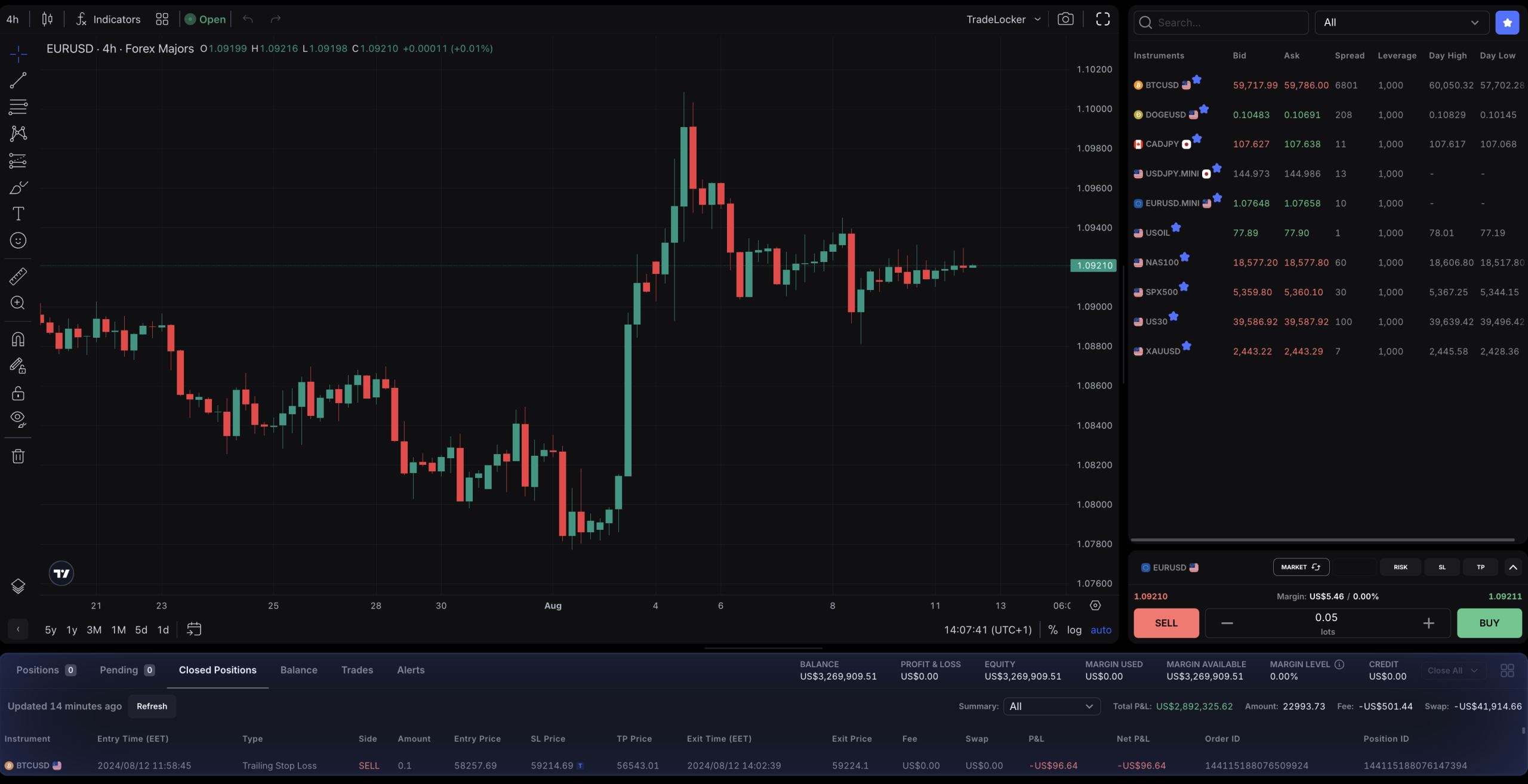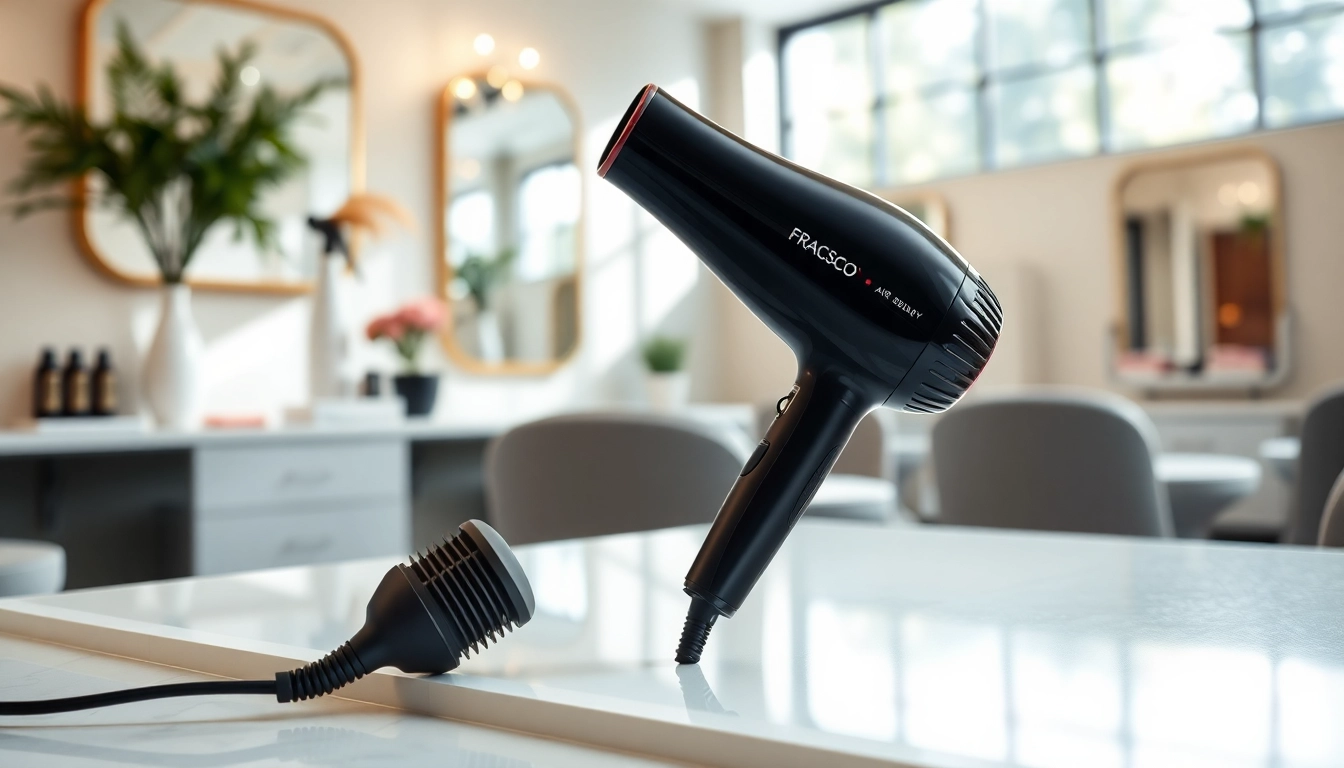Introduction to Whole Body Vibration Therapy
Whole body vibration therapy (WBV) is a cutting-edge approach that leverages mechanical vibrations to enhance physical health and overall wellness. This therapy has garnered significant interest in recent years due to its promising benefits, which range from improving strength and flexibility to aiding in rehabilitation and recovery. By standing, sitting, or lying on a specialized vibrating platform, individuals experience a series of muscle contractions that stimulate various physiological responses. For more information on this innovative therapy, consider exploring our resources on whole body vibration therapy.
What is Whole Body Vibration Therapy?
Whole body vibration therapy is predicated on the principle of delivering mechanical vibrations through the body to enhance neuromuscular activation. It involves a platform that vibrates at specific frequencies, thus transmitting energy to the individual on it. As the machine vibrates, it encourages the muscles to contract and relax numerous times within a short period, typically around 30 to 50 times per second. This form of therapy has been utilized by various groups, including athletes seeking performance enhancements, individuals undergoing rehabilitation, and those looking for a less strenuous workout alternative.
How Whole Body Vibration Therapy Works
The mechanism behind whole body vibration therapy is quite fascinating. When a person stands or lies on the vibrating platform, the vibrations create a reflex action in the muscles. This activity engages fast-twitch muscle fibers and can accelerate muscle strength and tone. Additionally, the induced vibrations promote better blood circulation, leading to increased oxygen supply and removal of waste products from the body. The body’s core stabilizing muscles are particularly active during WBV, which helps to enhance balance and coordination.
Historical Context of Whole Body Vibration Therapy
The concept of using vibrations for health purposes is not new. Historical records indicate that ancient civilizations utilized forms of vibration for therapeutic purposes. In the 19th century, medical practitioners began experimenting with vibrating machines for therapy. It wasn’t until the latter half of the 20th century that scientific research began to substantiate the claims of vibration therapy. Today, advances in technology and a better understanding of human physiology have led to more sophisticated devices and methodologies in WBV therapy, paving the way for its use in sports medicine, rehabilitation, and wellness.
Benefits of Whole Body Vibration Therapy
Physical Health Improvements
One of the most compelling aspects of whole body vibration therapy is its potential to enhance physical fitness. Researchers have documented several benefits associated with this technology:
- Increased Muscle Strength: Studies have shown that regular use of WBV can lead to significant gains in muscle strength, particularly in lower-body muscle groups.
- Improved Flexibility: WBV can enhance the range of motion in joints, making it an effective addition to flexibility training regimens.
- Enhanced Bone Density: Vibration therapy has been linked to improvements in bone density, which is particularly beneficial for populations at risk of osteoporosis.
- Improvement in Circulation: The mechanical vibrations promote better blood flow, which can enhance cardiovascular health and overall vitality.
- Weight Management: While WBV should not be the sole approach to weight loss, it can help supplement physical exercise efforts, contributing to fat loss and improved body composition.
Mental Health Benefits
The mental health benefits of whole body vibration therapy are gaining attention as well. Here are notable aspects:
- Stress Reduction: Engaging in WBV can reduce stress levels and promote relaxation, helping individuals to manage anxiety and improve mood.
- Improved Sleep Quality: Regular use of WBV may enhance sleep patterns, allowing for deeper and more restorative sleep.
- Enhanced Cognitive Function: Some studies suggest that vibration therapy may positively influence cognitive performance and mental clarity.
Rehabilitation and Recovery through Whole Body Vibration Therapy
Whole body vibration therapy has gained traction as a rehabilitation tool. Its low-impact nature makes it suitable for individuals recovering from injuries or surgeries. Here’s how it can aid recovery:
- Facilitating Rehabilitation: Therapeutic vibrations can help individuals regain strength and mobility post-injury without the strain of traditional workouts.
- Accelerating Healing: Increased blood flow from WBV can expedite the body’s natural healing processes.
- Reducing Muscle Atrophy: For immobilized patients, WBV can help maintain muscle mass and prevent atrophy.
Considerations and Safety Precautions
Potential Risks of Whole Body Vibration Therapy
While whole body vibration therapy can provide numerous benefits, it is essential to consider the potential risks:
- Joint Pain: Individuals with existing joint issues or arthritis may experience discomfort due to vibrations.
- Medical Conditions: Certain health conditions, such as pregnancy, severe cardiovascular issues, and recent surgeries, may contraindicate the use of WBV.
- Improper Use: Using WBV machines incorrectly can lead to muscle strains or discomfort; therefore, proper guidance is crucial.
Who Should Avoid Whole Body Vibration Therapy?
Some populations should exercise caution or avoid whole body vibration therapy altogether:
- Individuals with cardiovascular issues such as recent heart attacks or severe hypertension.
- Those with a history of blood clots or venous thromboembolism.
- Individuals currently pregnant or dealing with any recent surgery.
- People with advanced stages of osteoporosis or those susceptible to fractures.
Guidelines for Safe Practice
To maximize the benefits of whole body vibration therapy and minimize risks, consider the following guidelines:
- Always consult with a healthcare professional before starting WBV therapy, especially if you have preexisting medical conditions.
- Use proper ventilation and follow equipment guidelines to ensure safety during your sessions.
- Start at lower frequencies and intensity, gradually progressing based on comfort level and tolerance.
- Limit session duration to avoid fatigue, particularly for beginners.
Techniques and Exercises for Whole Body Vibration Therapy
Common Exercises Performed
Many exercises can be performed while engaged in whole body vibration therapy. Here are a few common options:
- Squats: Performing squats while on the vibrating platform can yield benefits in lower body strength.
- Planks: Holding a plank position enhances core stability and engages major muscle groups.
- Standing Calf Raises: This exercise targets calf muscles for strength improvement.
- Side Lunges: Engaging in side lunges on the vibrating machine enhances functional strength.
- Back Extensions: This movement targets the back muscles and helps improve posture.
How to Incorporate Whole Body Vibration Therapy into Your Routine
Integrating whole body vibration therapy into your regular fitness regime can be done effectively by following these strategies:
- Start with two to three sessions per week, gradually increasing based on progression and comfort.
- Incorporate WBV sessions with other forms of exercise such as strength training, cardio, and flexibility workouts for balanced fitness.
- Combine WBV with stretching post-session to maximize muscle recovery and enhance flexibility.
Tips for Maximizing Results
To derive the greatest benefits from whole body vibration therapy, consider the following tips:
- Stay hydrated before and after sessions to ensure optimal performance and recovery.
- Pay attention to body signals; if experiencing discomfort, consider adjusting intensity or duration.
- Maintain consistency with sessions; improvements are typically realized over weeks or months of regular use.
Future of Whole Body Vibration Therapy
Emerging Research and Trends
The future of whole body vibration therapy appears promising, as research continues to expand its applications. Emerging studies are exploring its potential impacts on various health aspects, including:
- Muscle recovery in athletes post-performance.
- Effects on metabolic syndrome and obesity management.
- Applications in the treatment of neurological conditions such as Parkinson’s disease.
Innovations in Whole Body Vibration Therapy Technology
Advancements in technology are enhancing the way whole body vibration therapy is administered. Innovations include:
- Smart machines that offer personalized feedback and track performance metrics.
- Portable vibration devices for at-home use, ensuring convenience and accessibility.
- Advanced vibration patterns designed to target specific physiological responses more effectively.
Potential Applications in Various Fields
The versatility of whole body vibration therapy opens the door to potential applications in numerous areas, such as:
- Sports Medicine: Further investigation into how WBV can aid elite athletes in improving performance and recovery.
- Rehabilitation Services: Enhanced techniques for rehabilitation centers using WBV as a recovery tool.
- Personal Wellness: Expanding the use of WBV in private wellness facilities to attract individuals seeking alternative fitness methods.















Leave a Reply